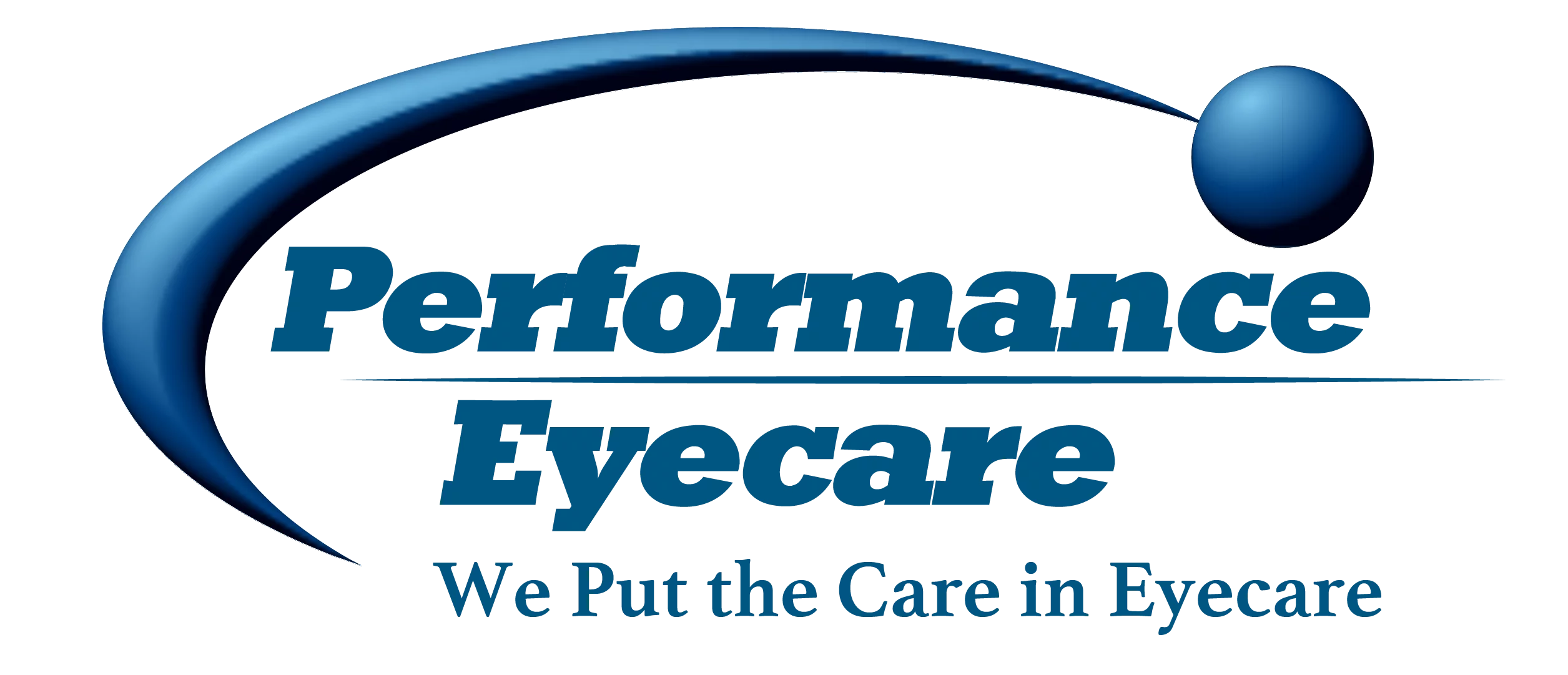Choosing the right glasses for your child
Just the thought of buying eyeglasses for your child can make you want to pull your hair out. First, there is the initial selection to consider. Second, you must consider what your child is willing to wear. Third, which eyeglasses will be the most durable? Then there is the pressure from your child, who is … Read more
